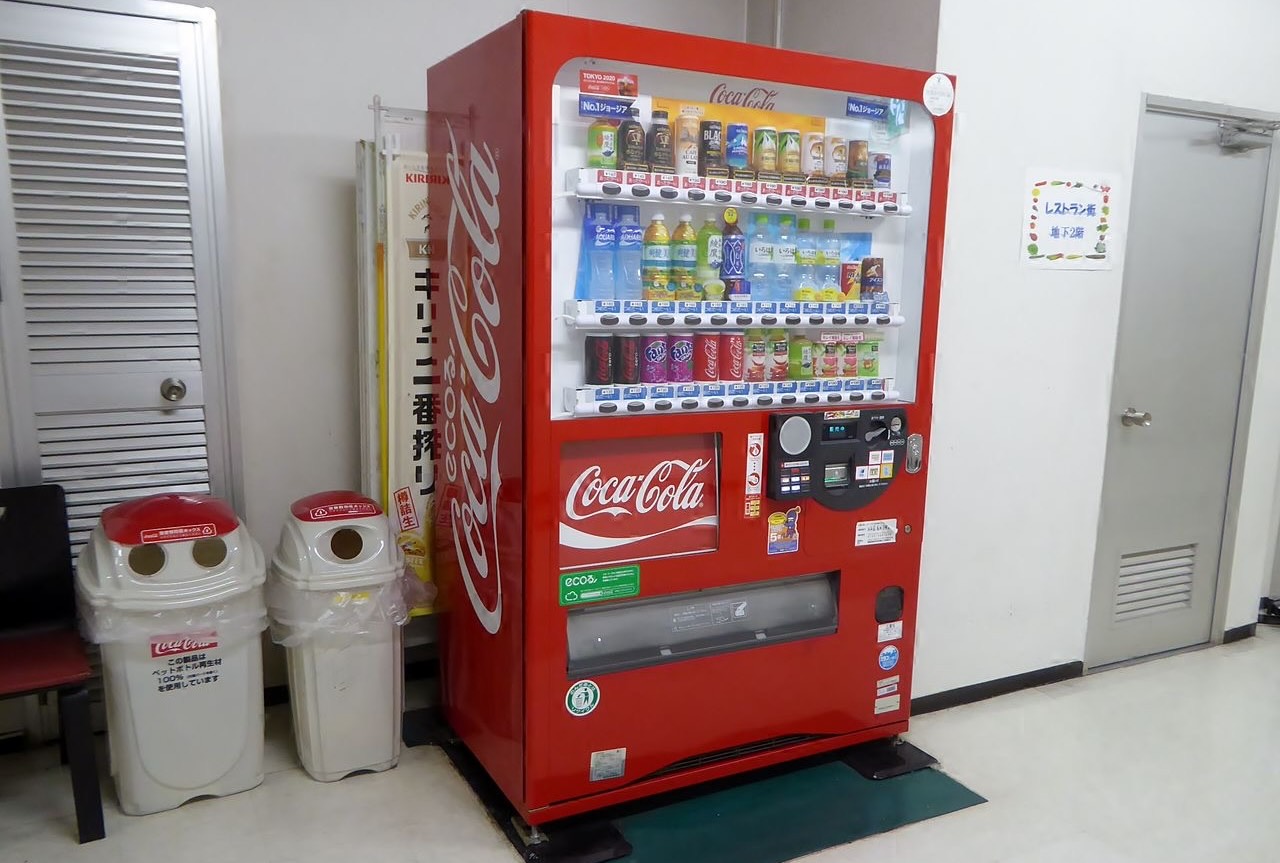
The Coca-Cola Company’s competitive strategies and intensive growth strategies direct business operations for continuing success in the global market for beverage products. These generic strategies support competitive advantages and business strengths and empower the success of the company’s intensive strategies for growth. Coca-Cola’s competitive advantages are critical success factors, especially when considering the strengths of other multinational consumer goods companies with highly competitive beverage products in the international market. With the synergy between its generic competitive strategies and intensive growth strategies, Coca-Cola sustains its competitiveness and business growth in spite of competitive challenges.
The competitive advantages achieved through Coca-Cola’s generic competitive strategies ensure business growth and resilience despite competing firms, such as PepsiCo, Keurig Dr Pepper, and Unilever. These competitors create a challenging consumer goods business environment. Through its generic competitive strategies and intensive growth strategies, Coca-Cola maintains its position as one of the biggest companies in the international beverage market. Brand equity also works with the company’s competitive strategies and growth strategies for profitable business operations.
Coca-Cola’s Generic Competitive Strategies
Coca-Cola’s competitive strategies are similar to the competitive strategies applied in many manufacturing businesses in the industry. The resulting competitive advantages suit the beverage business. Coca-Cola’s generic competitive strategies are:
- Cost leadership (production processes)
- Differentiation (beverage characteristics and quality)
Cost leadership is Coca-Cola’s main generic competitive strategy. According to Michael E. Porter, cost leadership provides competitive advantages based on low costs, such as in soft drink production. In this case, Coca-Cola maintains low costs through economies of scale and other factors. The resulting low costs enable the company to offer its beverage products at competitive prices. Coca-Cola’s operations management optimizes process efficiency and productivity for this generic competitive strategy.
Differentiation adds to the competitiveness of Coca-Cola products. In Porter’s model, this generic strategy creates competitive advantage through characteristics that differentiate products from the competition. For example, Coca-Cola’s soft drinks are developed for their distinct taste different from those of competing beverages. However, because of the large number of consumer goods firms offering similar products, this generic competitive strategy is less significant than cost leadership in ensuring the company’s competitive advantages. For this competitive strategy of differentiation, an innovative workforce motivated through Coca-Cola’s organizational culture (work culture) contributes to the development of unique qualities that differentiate the company and its products from competitors.
Coca-Cola’s Intensive Growth Strategies
Market penetration is Coca-Cola’s primary intensive growth strategy. In Igor Ansoff’s matrix, market penetration grows the business by increasing its market share and selling more products to the current customers. For this growth strategy, Coca-Cola strives to continue increasing its market share, especially in high-growth economies. The company makes its bottling and distribution network more extensive to achieve this strategic objective. Also, through effective marketing tactics and strategies, Coca-Cola’s marketing mix (4Ps) aims for a larger share of the beverage market, in support of this intensive growth strategy. The generic competitive strategies of cost leadership and differentiation reinforce efforts for market penetration through low costs and prices, and through attractive beverage qualities.
Coca-Cola also applies product development as an intensive growth strategy. However, product development has a limited impact on the consumer goods business because higher priority is given to market penetration. Based on the Ansoff Matrix, product development aims to grow the business through new products that add to the company’s market share and generate more revenues. For example, the company develops new variants of Coca-Cola soft drinks to get more customers. The types and qualities of products developed through this intensive growth strategy match industry and market variables, including social trends influencing consumers. Even though product development may include food products, the specification of Coca-Cola’s mission statement and vision statement for the beverage market establishes this intensive growth strategy’s focus on beverage products. The generic competitive strategy of differentiation requires the inclusion of certain product characteristics in implementing this growth strategy.
Market development is not a significant growth strategy for Coca-Cola. The company already has a global market presence and continues to focus on the beverage market. In implementing this intensive growth strategy, Coca-Cola could market its existing products for new uses or new benefits for consumers for some markets or market segments.
Diversification is also not a significant growth strategy for Coca-Cola. The company continues to focus its business on the beverage market. Diversification would entail new business operations, such as in the snack food or convenient food market. In implementing this intensive growth strategy, Coca-Cola’s organizational structure (company structure) would need new offices, divisions, or departments for the new business operations.
References
- Macias, W., Barquet-Arenas, G., & Yambay-Aucancela, J. (2024). Brand equity and purchase decision of fast-moving consumer goods. Tec Empresarial, 18(2), 97-114.
- Phuong, N. T. H. (2024). Business strategy concept: A systematical review. Journal of Knowledge Learning and Science Technology, 3(2), 128-142.
- Stibbe, A. (2024). Taste the feeling: An ecolinguistic analysis of Coca-Cola advertising. Journal of World Languages, 10(2), 280-303.
- The Coca-Cola Company – Form 10-K.
- The Coca-Cola Company – Our Origins – The Birth of a Refreshing Idea.
- The Coca-Cola System.